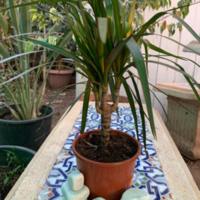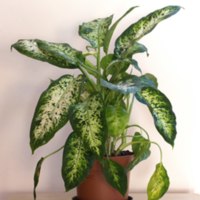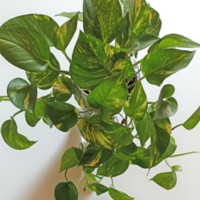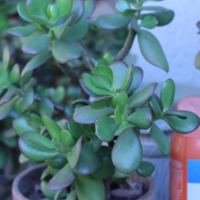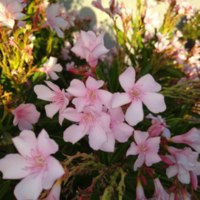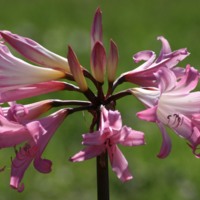Browse Items (6 total)
Sort by:
-
Dragon Tree
Scientific name is dracaena marginata and is poisonous to both dogs and cats. If ingested symptoms include vomiting, drooling, and muscle weakness. Dragon trees need bright, indirect sunlight and should not be overwatered. Let the first couple inches of top soil dry out before watering again. Ideal temperature range is 70 to 80 degrees F. -
Dumb Cane
Scientific name is dieffenbachia and is poisonous to both dogs and cats. Symptoms if ingested include vomiting, burning and swelling of the mouth, difficulty swallowing, and difficulty breathing. Dumb Cane is relatively easy to take care. It requires indirect, bright sunlight and moist soil. Ideal temperature range is between 60 and 80 degrees F. -
Pothos
Scientific name is epipremnum aureum and is poisonous to both dogs and cats. These plants are easy to take care of and require little attention. They need indirect sunlight and will not do well in direct sunlight. Pothos should be watered every 1-2 weeks once the soil dries out. Ideal temperatures during range from 65-85 degrees F. -
Jade Plant
Scientific name is crassula ovata and is poisonous to both dogs and cats. These plants are easy to take care of and require little attention. They need direct sunlight, and the soil should be moist at all time and never dry out. Ideal temperatures during the day range from 65-75 degrees F. The ideal temperature range during the night is 50-55 degrees F.
